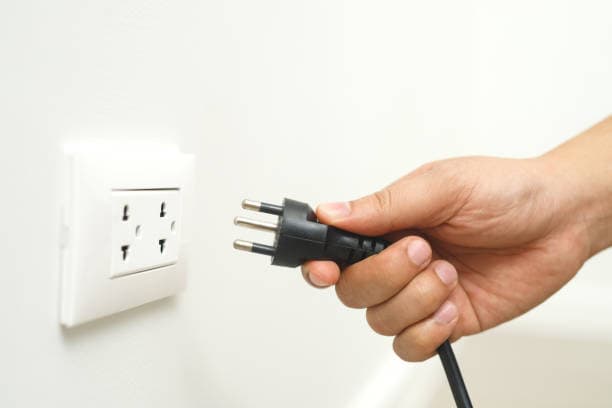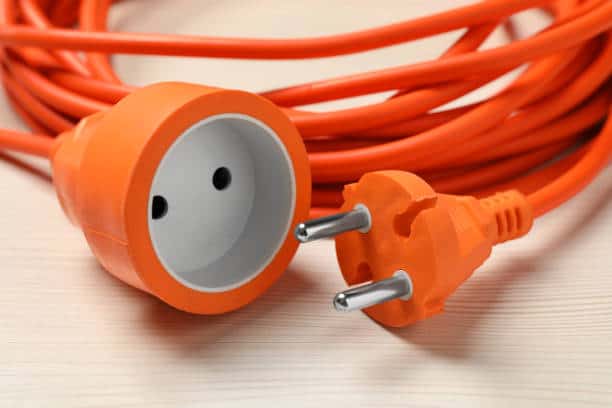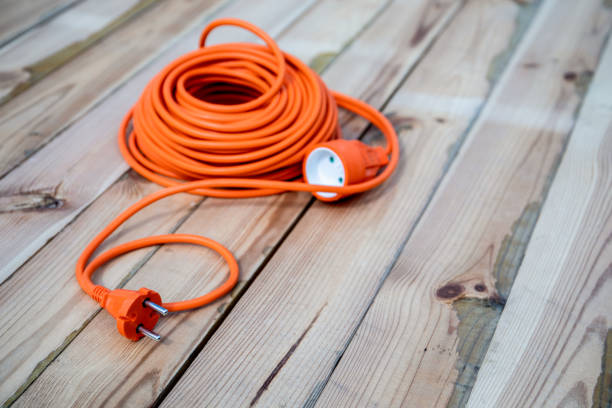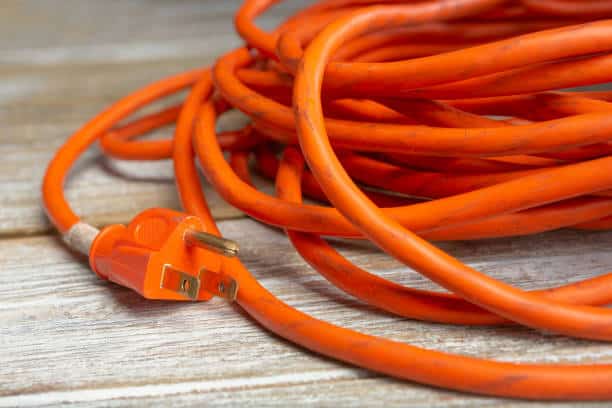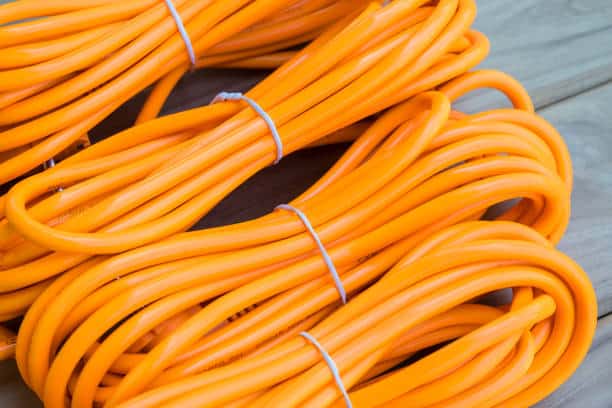Which power cable for my PC?
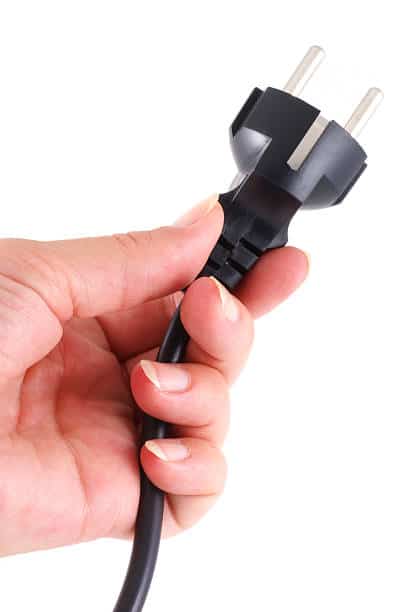
Choosing the correct power cable for your PC is essential for safety and performance. The variety of cables available can be confusing. Let’s make sense of it.
The right power cable for your PC depends on your PSU and regional standards, typically an IEC C13/C14 power cord.
Getting the correct cable ensures reliable operation and avoids potential damage.
What cables are needed to power a PC?
Do you know all the cables required to run your PC?
To power a PC, you need an IEC C13 power cord for external connection and various internal cables from the PSU to components.
These cables work together to power your entire system.
Dive deeper: Essential PC power cables
1. External power cable
- IEC C13 to C14 cord: The standard power cable for desktops, connecting the PSU to a wall outlet.
2. Internal PSU cables
- ATX main power cable: Supplies power to the motherboard.
- CPU power cable: Delivers additional power to the processor, typically using 4-pin or 8-pin connectors.
- PCIe cables: Provide power to GPUs for graphics-intensive tasks.
- SATA power cables: Power hard drives, SSDs, and other peripherals.
3. Optional cables
- Molex cables: Older connectors still used for some peripherals like fans or older drives.
- Custom cables: For modular PSUs, allowing a cleaner setup by using only necessary cables.
| Cable Type | Use | Connector Example |
|---|---|---|
| External Power Cord | Wall to PSU | IEC C13/C14 |
| ATX Main Power | Motherboard power | 24-pin connector |
| CPU Power | Processor power | 4-pin or 8-pin EPS |
| PCIe | GPU power | 6-pin or 8-pin connectors |
| SATA Power | Drives and peripherals | SATA connector |
What are three common types of computer cables?
What are the most frequently used cables in computing?
The three most common computer cables are power cables, data cables, and peripheral cables.
Each type has specific uses and ensures smooth operation.
Dive deeper: Common cable types and their functions
1. Power cables
Power cables supply energy to the PC and its components:
- External power cords: IEC cables for desktops or C5/C6 cloverleaf for laptops.
- Internal power cables: SATA, PCIe, and Molex connectors for peripherals.
2. Data cables
These cables handle data transfer:
- SATA cables: Connect storage devices like HDDs and SSDs to the motherboard.
- USB cables: Provide versatile connectivity for external devices.
- Ethernet cables: Enable wired internet access.
3. Peripheral cables
Used for connecting external devices:
- Display cables: HDMI, DisplayPort, or VGA for monitors.
- Audio cables: 3.5mm jacks or optical cables for sound systems.
- Keyboard and mouse cables: USB or PS/2 connections.
| Cable Type | Function | Examples |
|---|---|---|
| Power | Energy supply | IEC, SATA power |
| Data | Data transfer | SATA, USB, Ethernet |
| Peripheral | External device connection | HDMI, audio cables |
How do you figure out what computer power cord you need?
Wondering how to choose the right power cord for your PC?
To determine the right power cord, identify your PSU specifications, connector type, and local power standards.
Matching the cord to your setup is critical.
Dive deeper: Steps to select the correct power cord
1. Understand your PSU requirements
- Voltage and wattage: Ensure the cord supports your PSU's power requirements.
- Modular vs. non-modular PSU: Modular PSUs allow custom cables, while non-modular ones come with pre-attached cables.
2. Identify the connector type
- IEC C13/C14: The most common for desktop PCs.
- Specialized connectors: Laptops often use C5/C6 cloverleaf cables.
3. Consider regional standards
Power cords vary by region due to differences in voltage and outlet design:
- North America: 110-120V, Type B plugs.
- Europe: 220-240V, Type C or F plugs.
4. Evaluate cable quality
- Look for safety certifications like UL or CE.
- Choose cords with durable insulation and secure connections.
5. Length and flexibility
Ensure the cord is long enough for your setup, but avoid excessively long cords to prevent voltage drops.
6. Adaptors and converters
If using international devices, you may need:
- Plug adapters: For outlet compatibility.
- Voltage converters: For devices not compatible with local standards.
Tip: Always double-check your PSU manual or consult a professional for guidance.
What is the most common type of cable used between computers and switches?
What cable connects computers to network switches?
The most common cable used between computers and switches is an Ethernet cable, typically a Cat5e or Cat6 cable.
These cables ensure reliable and high-speed network connections.
Dive deeper: Networking cables for computers and switches
1. Types of Ethernet cables
- Cat5e: Supports speeds up to 1Gbps, suitable for most home setups.
- Cat6: Designed for faster connections, up to 10Gbps over shorter distances.
2. Cable construction
Ethernet cables consist of twisted pairs of wires:
- Reduces electromagnetic interference (EMI).
- Provides stable signal transmission.
3. Connectors
Ethernet cables use RJ45 connectors:
- Standardized: Universally compatible with computers and switches.
- Durable: Designed for frequent plugging and unplugging.
4. Alternatives to Ethernet cables
- Fiber optic cables: For high-speed, long-distance connections.
- Wi-Fi adapters: Wireless options for network access.
5. Choosing the right cable
When selecting a cable:
- Determine the required speed and distance.
- Choose Cat6 or higher for future-proofing.
| Cable Type | Speed Support | Recommended Usage |
|---|---|---|
| Cat5e | Up to 1Gbps | Home and small office setups |
| Cat6 | Up to 10Gbps (short range) | High-speed connections |
| Fiber Optic | 10Gbps or more | Long-distance networking |
Tip: Ethernet cables remain the most reliable and widely used option for network connectivity.
Conclusion
Selecting the right power and data cables for your PC is essential for optimal performance and safety. From IEC power cords to Ethernet cables, understanding their roles and specifications ensures a seamless setup. By following these guidelines, you can confidently choose the correct cables for your computer.

